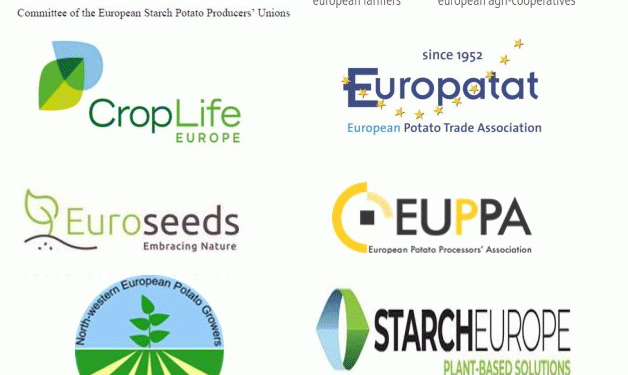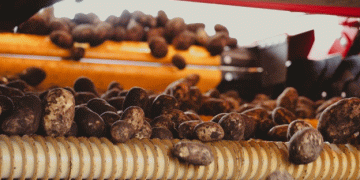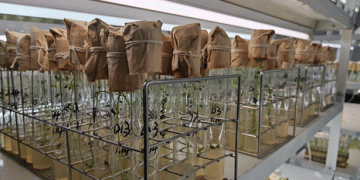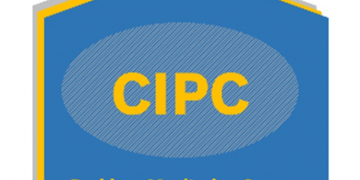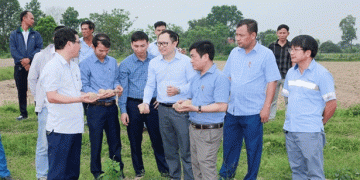A Call to Action Against a Formidable Foe
Late blight affects both foliage and tubers, capable of decimating entire crops within one to two weeks. The pathogen’s ability to develop resistance to fungicides and break resistance genes (R-genes) complicates control efforts. Recent years have seen an increase in more virulent strains, undermining the effectiveness of current Integrated Pest Management (IPM) strategies.
The Growing Threat and Current Challenges
The spread of aggressive late blight strains resistant to single-site fungicides presents a significant challenge. Four out of eleven major fungicide modes of action have already encountered resistance, and the remaining modes are under severe pressure. This resistance evolution threatens all types of potato production, from conventional to organic farming, making the need for new solutions more pressing than ever.
The European Action Plan: Strategic Measures
Raising Awareness and Collaboration
The European Action Plan aims to raise awareness among national and European public authorities and stakeholders within the potato value chain. Collaborating closely with the European Commission, Member States, and industry stakeholders is crucial to developing and implementing effective control measures.
Ensuring Effective Control Tools
Safe and effective control tools are vital for managing late blight. This includes:
- Rapid monitoring of Phytophthora isolates to tailor crop protection strategies.
- Retesting existing fungicides against new strains and ensuring a diverse array of fungicides with different modes of action remain available.
- Promoting integrated pest management (IPM) practices and preventive strategies to reduce resistance breakdown.
- Utilizing on-farm Decision Support Systems (DSS) to optimize spray recommendations based on disease pressure and environmental conditions.
Enhancing Genetic Resistance
Developing late blight-resistant potato varieties is critical. Current varieties mostly contain single resistance genes, which are vulnerable to circumvention. Long-term goals include breeding potatoes with multiple resistance genes through traditional methods and new genomic techniques (NGTs). These efforts aim to provide sustainable resistance and reduce the pathogen’s ability to adapt.
Stakeholder Engagement and Policy Support
Engaging farmers, scientists, and industry partners is essential. Ensuring the availability of effective crop protection products and disseminating information about Phytophthora infestans’ life cycle and resistance management strategies will help unify efforts. Calls for policy support from the European Commission and Member States include:
- Communicating the importance of potatoes in a balanced diet.
- Maintaining the availability of current fungicides while seeking alternative solutions.
- Supporting advanced breeding techniques for improved disease resistance.
- Bridging gaps between researchers and farmers to implement feasible, productive solutions.
The threat of potato late blight to European agriculture is significant, but through coordinated efforts, innovative solutions, and robust policies, it can be managed. The European Action Plan provides a comprehensive framework to protect the potato industry, ensuring food security and economic stability. By combining resistant varieties, effective fungicides, and integrated pest management strategies, we can secure the future of potato production in Europe.
